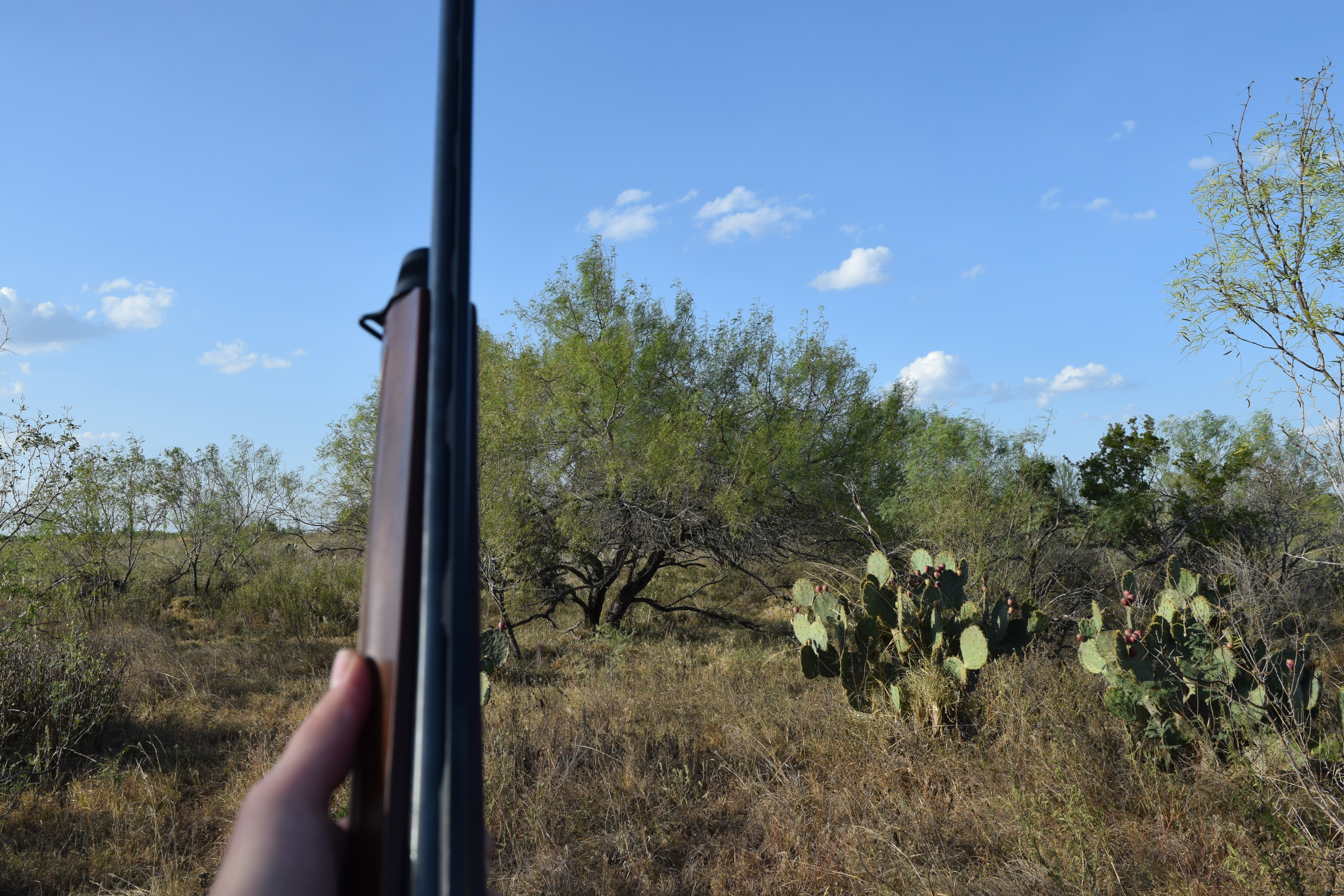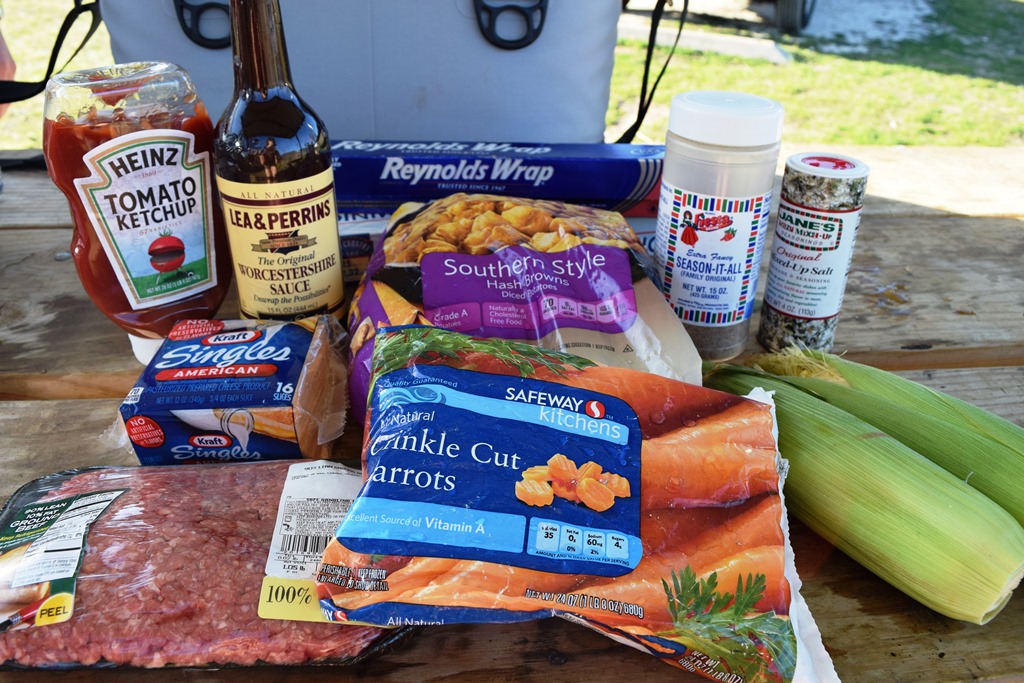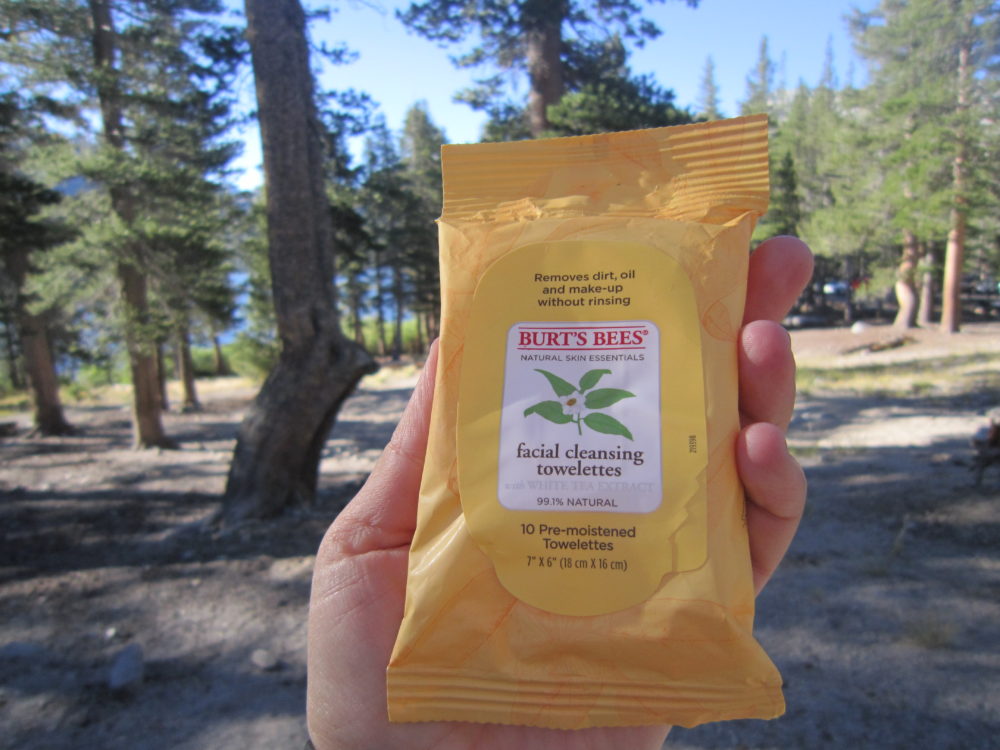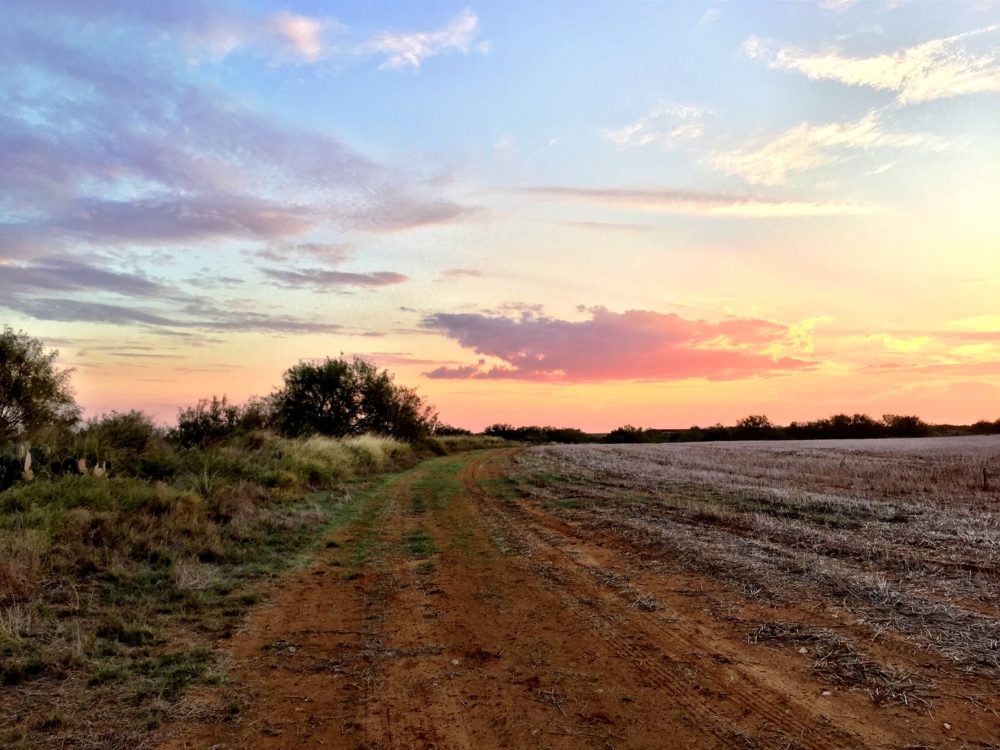
A Girl’s Guide to Dove Hunting: the Basics
Dove season is around the corner and in case you were curious about joining in the fun, here is a basic guide to dove hunting in Texas! It’s possible you may find yourself with the opportunity to go dove hunting at some point in your life, whether it be with friends, a significant other, or a coworker. This is Texas, after all, so those opportunities do sometimes arise. (Did you know that Texas has more dove than any other state in the nation?)
I have spent many a pleasant evening hunting dove around the pond on our family farm. Not only does the meat taste fantastic, but dove hunting is something you can do with friends. Being completely silent is not required, unlike with deer hunting.
{This post is part of my Girl’s Guide to Dove Hunting and you can catch the other posts in that category–some yet to come–by clicking here.}
Why Go Dove Hunting?
The meat, the sunset, the challenge.

That sunset though…
A Bit About Dove
They are migratory.
They are greyish brown and a hair smaller than a pigeon.
They taste delicious.

There are three types to be aware of:
- Mourning
- White winged
- White tipped
This is important because there are different bag limits for each. The difference is pictured clearly here: TPWD Know Your Doves.
Don’t stress about memorizing this–you can pull up pictures on your phone (be sure to save this link!) when you are hunting to see what kind you have and make sure you’re not over the limit.
First Steps
Take Hunter Education
You only have to do it once! This can be done online in a number of hours, and is fairly easy. This is to ensure we’re all safe and responsible when afield.
Do it online from the comfort of your living room. (Much more enjoyable than the class.)
Get a Hunting License
The next thing you must do is get a hunting license.
I love online shopping as much as the next girl but I recommend getting your hunting license at the store. They print it out for you, and you can pick up a paper copy of the Outdoor Annual which contains the rules and regulations.
*******DON’T FORGET THE OUTDOOR ANNUAL WHEN YOU GET YOUR LICENSE!!!*********
A Synopsis of the Rules and Regulations
These are set in place so that dove populations remain healthy and steady for years to come. Don’t you just love Texas Parks and Wildlife for that?! Towards the end of the 1800’s our game and fish resources were nearly depleted from over-fishing and over-hunting, and through the establishment of bag limits, hunting seasons, and the creation of game wardens, the species rebounded and now we have abundant wildlife, and more deer than our nation has ever had.
Dove Season
In short, this is when you can hunt dove. Generally this is September – November and December to January. (Specific dates change year to year and region to region, and can be found in the Outdoor Annual.)
Some animals in Texas are huntable, some are not, some have seasons, and some are “open season”, meaning you can hunt them anytime. Seasons are set by the government and are based on a number of factors, including migration patterns, when they mate, when they have their young, etc.
Feral hogs are open season. They are nonnative invasive animals that prey on native wildlife. Deer, dove, and ducks on the other hand have specific seasons and bag limits.
Zones
Regions of Texas that have different dove seasons.
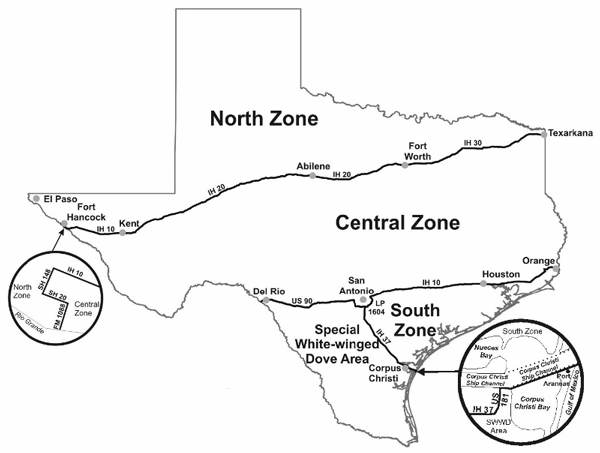
Bag Limit
How many dove you are allowed to shoot each day. (Usually around 15.)
Possession Limit
How many dove you are allowed to have in your possession. (Usually 3 days worth.)
Hunting Hours
You can hunt dove from one half hour before sunrise to sun down. I find 5pm to be the sweet spot but it depends on where you are, what the weather’s like, and which way you parted your hair.
Regulations change year to year so look at the the Outdoor Annual pamphlet, the Outdoor Annual App or Outdoor Annual Website for this year’s specific bag limits and other rules.
The Type of Gun and Ammunition to Use
Gun
- Shotgun
You will use a shotgun for dove hunting, as opposed to a rifle, which is used for deer hunting. Shotgun shells contain multiple bb’s that spray out in a small circle (anywhere from inches to feet apart depending on the size of the ammo and the distance from the target), whereas a rifle fires a single bullet to a very specific point. If you shot at a piece of paper, a shotgun would create lots of little holes and a rifle would create one big hole.

- 20 gauge or 28 gauge recommended
This is less of a kickback than a 12 gauge (which is larger than a 20 gauge) but more of a spread than a .410 (which is smaller than a 28 gauge). I do not recommend hunting with a .410.
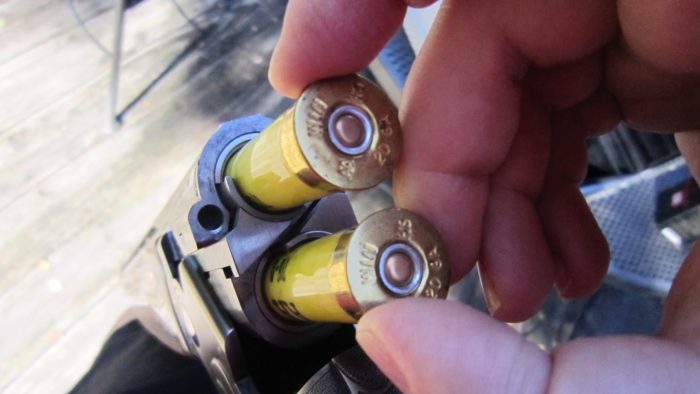
Ammunition
Shotgun Shells
You will be using shotgun shells, not bullets or cartridges, for this sport.
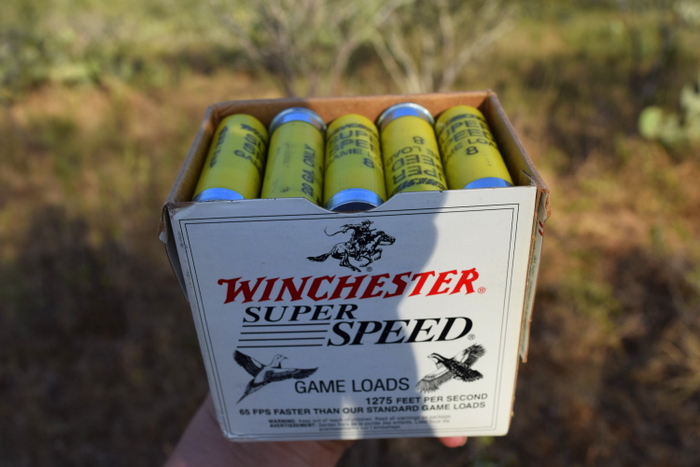
Where to Purchase Shotgun Shells
- Academy or Walmart
What Gauge to Buy
The shotgun shell you purchase will need to correspond to the gun you plan to hunt with. If you have a 20 gauge shotgun, you need to buy 20 gauge shells. Never put a shotgun shell in a gun that isn’t the same gauge.
What Shot to Buy
On the top of the package, you will see the word “SHOT” with a number above or beside it. 7 or 8 shot is good for dove hunting.

How to Spot Dove in the Sky
When you are hunting, chances are you will see more than just dove flying about, and most of these birds are illegal to shoot! So you’ll want to pay attention before pulling the trigger.
- Dove tend to flap their wings at an even pace. Other birds soar, or flap a bunch of times and then soar, whereas dove plug along pretty consistently.
- Dove tend to look dark in the sky. Unless you’re close enough to them to see the grey, then they will look dark.
- Dove are weighty in the middle. They don’t look sleek like field larks.
- They don’t have a fancy tail. Lots of other birds have some flair to their tail which makes them easy to weed out.
Ultimately, if you can’t tell, don’t take the shot. Nothing will make you feel worse than shooting the wrong kind of bird. You will get the hang of identifying dove over time.
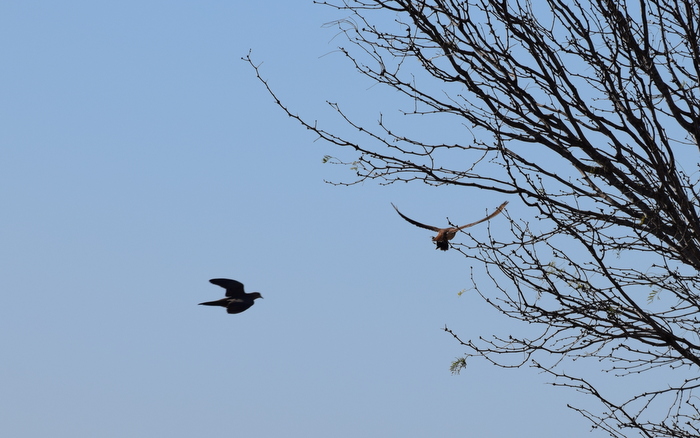

Never Shoot a Dove Sitting on a Fence, Tree, or the Ground
It’s not considered good sport.
Where to Go Dove Hunting
I explain this in How to Go Hunting if You Don’t Have a Ranch.

How to Pick a Good Hunting Spot
Every person’s different, but here’s my recipe for a good hunting spot.
- In the shade of a good tree–but on the very edge of the shade so I can see the sky around me
- Good visibility of the sky; if I stretched out my arms in either direction I could see the sky all the way from one arm to the other
- Near a cactus, brush, or tree that partially conceals me–though I don’t have to be completely concealed
- In somewhat short grass–definitely not in the middle of a stand of brush or amid grass over my knee. If a snake pays me a visit, I want to see him coming.
- Not facing another hunter…unless you want to get shot!

Bring a chair.
Or a bucket you can turn upside down to sit on. I don’t know about you but I can’t stand for hours!
On that note, a small cooler never hurt any body…
Safety
- Be sure there are no hunters in the direction you may be firing your gun
- If other hunters are in the vicinity, be sure they know exactly where you are. Discuss where you each will be shooting.
- Don’t load your gun until you are all set up and ready to hunt
- When you are collecting your birds, be sure you aren’t walking in the line of the nearby hunter, and if you are, be sure he is aware you are walking there so he won’t shoot you accidentally.
- Always keep your gun pointed up in the air. Some people point theirs at the ground but I was always taught you could shoot your foot this way. (I usually just choose to shoot myself in the foot figuratively. Hehe.)
- Always treat your gun as if its loaded
- Wear eye protection and ear plugs
- Always check your ammunition before loading it into your gun to be sure it is the right gauge and there is nothing visibly wrong with it
Are there people who don’t abide by these rules? Sure. But don’t let peer pressure sway you.
Where to Park
We like to park a little ways away from where we’re hunting if possible.
While Hunting
- I like to lean my gun on a tree while I get everything set up
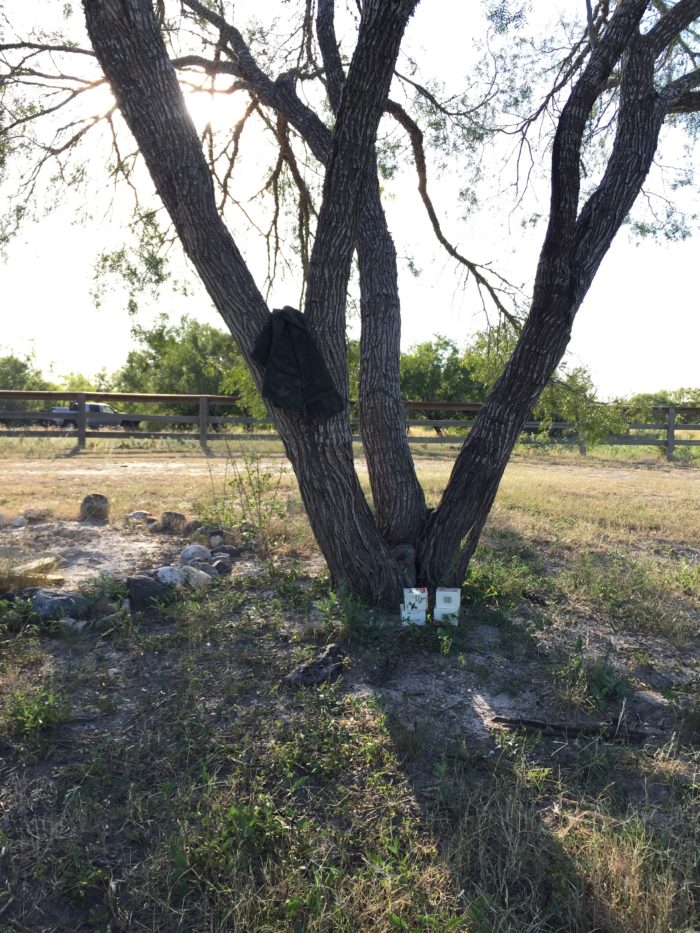
- Set your ammunition out next to your chair
- Once you get settled, get your ear plugs in and load your gun

- Then sit there and wait for them to fly within about 25 yards of you
- Collect your birds immediately and pile them up near your chair
Enjoy the peace and quiet of a Texas evening.

Cleaning Your Dove
I recommend cleaning the dove while in the field. Do it on the hood of your car or the tailgate of your truck.
Bring scissors, ziplocs, and a bin. Clip the wings, legs, and head off. Pull all of the feathers out. The rest is like taking the breast meat off a chicken. Remove the innerds (this part is gross, sorry), and then remove the breast meat. Some people keep the breast meat on the bone but I like to remove it.
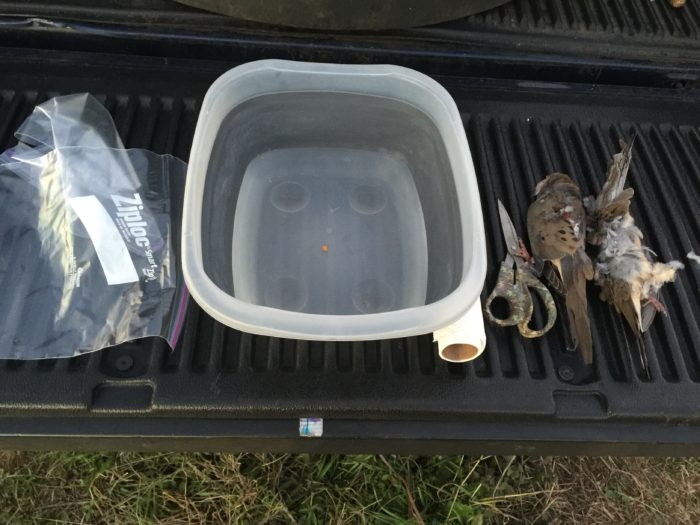
Then once you get home, rinse them off.
End product should look like this:
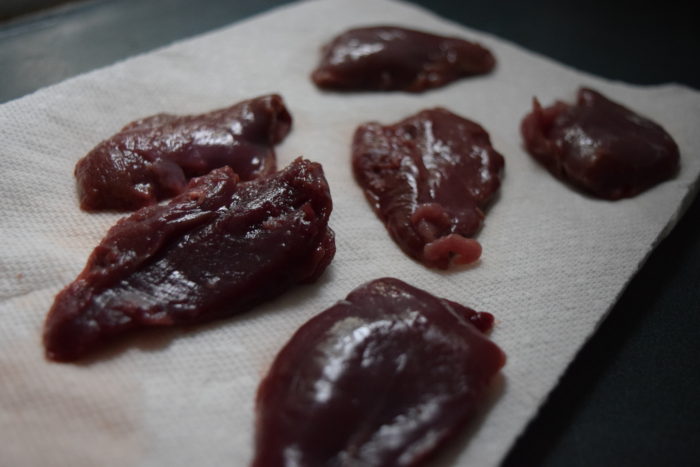
Dove Recipes
#1 Thing to Remember: Don’t be discouraged.
You may miss a few birds. It’s OK to be new to the sport. It’s OK to look cute going hunting! If I had a dime for every time someone assumed that because I was a woman, I didn’t know the first thing about hunting, I would be blogging from a private jet right now. Just last year I had a man say when he dropped me off at my dove hunting spot, “She’s not here to hunt, she only cares about looking like a model.” HA! Umm, thank you? Seriously though, how ridiculous. Don’t talk to a woman with a gun like that now, come on.
Stay tuned: What to Wear Dove Hunting is next! (Time for the fun part.)
Best of luck afield ladies.

